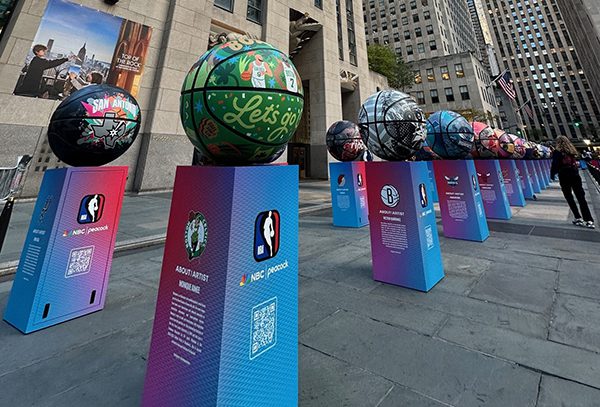Close your eyes for a minute. Picture yourself as an average net user, one that checks email, goes to Yahoo and Google – a person that might spend a maximum of one hour per day online. Such a person reads magazines, drives on the road, and watches their cable TV. What do you think advertising to them means? They have probably clicked on an ad for a free ipod/cellphone/laptop, but more often than not, when they think of advertising, they most likely think of the images they see on TV. Depending on their age bracket, they might remember the stylish iPod commercials, a regional car commercial, or a prescription medicine advertisement. Advertising in this “average” sense deals almost exclusively around the message being presented. Not so with us, and that is what makes our industry so unique.
In our industry, the creation of the message is only the beginning. Creating a memorable ad is only as good as the response it generates from the user. When compared to the average way of doing things, we stand apart not just in our focus on direct measurable action. We stand apart in our views on cost and our focus on immediacy, two aspects dictated less by choice and more as a function of our medium. The web is at the heart of the differentiation between how we operate and what people traditionally think of when they think advertising. Unlike traditional advertising, ours is not a service industry. We do not charge fees; rather, we work on a per transaction basis. Much like a supermarket, if we do not move units, we do not stay in business. Those creating the iPod commercials, for example, aren’t being kept up at night by the number of iPods each commercial will generate.
When it comes to costs, personnel and time, the two major costs in a service business, represent only a piece of the puzzle. Costs to us are a dynamic and changing variable. They are relative and depend entirely on the value that user brings. They don’t come to us, we bring them. Contrast that to a webmaster that uses content to attract users to their site. Our content does not reside in one single location. We use it like a fisherman does a lure to attract fish. Like commercial fishing, each time we want to fish, it costs us money, and if we do not bring back enough of a catch, we can go out of business. Even if we do manage to bring back enough fish, we still can go out of business if we do not have enough buyers for the fish (read: leads) we produce.
In order for us to succeed, we need different people with different skill sets than those in more traditional advertising mediums. Ours is one of inventory and traffic flow… of traffic acquisition and monetization… of math. The wonderfully talented minds behind the sites featured in this week’s Trends Report wouldn’t last very long at many of the companies in our space. While most of us do not consider ourselves technology companies, a look at the operational mix might suggest otherwise. Whereas traditional advertising companies have few in-house technologists, rarely do they employ the technology horsepower to support one-thousand affiliates and hundreds of offers driving hundreds of thousands of clicks per day.
At the end of the day, our business comes down to the math. As mentioned before, we almost don’t care what we run as long as the numbers work. The same holds true for those we service. While none of us specializes in any form of risqué content, whether an offer promotes an Xbox or a PlayStation, a Motorola phone or a Nokia, we service only the market. Like traders on Wall Street we look to the market to guide us when it comes to which offers to promote, and we look to the numbers to tell us whether we executed our strategies correctly. More and more, while we are in the business of placing an ad to a user, the mechanics behind running our businesses look less and less like those typically in this business. And it’s something that is not likely to change in the near future.
 Network
Network

